Many people travel to New Zealand and fall in love. In fact, the South Island of New Zealand is one of my favorite travel destinations in the world.
If you are considering a trip to New Zealand and are looking to hit the South Island’s highlights in 8 days, you have come to the right place! In this post, I will go over the ultimate 8-day New Zealand South Island Itinerary and give you some tips for planning the best New Zealand vacay.

Roys Peak
Table of contents: ()
- South Island of New Zealand: Natural Paradise
- When to Visit the South Island
- How to Get to the South Island
- 8-Day Itinerary New Zealand South Island
- Day 0: Arrive in Christchurch
- Day 1: Christchurch to Lake Tekapo
- Day 2: Tekapo to Mount Cook (Aoraki) National Park
- Day 3: Mount Cook to Queenstown
- Day 4: Milford Sound
- Day 5: Queenstown to Oamaru
- Day 6: Oamaru to Kaikoura
- Day 7: Kaikoura to Marlborough
- Day 8: Back to Christchurch
- What to Bring With You to the South Island
- Final Tips for Your Trip to the South Island
South Island of New Zealand: Natural Paradise
I have had the pleasure of living on the South Island of New Zealand as a digital nomad, and to this day, it is one of the most naturally beautiful places I have ever visited. If you love hiking, adventure sports, or pretty much any outdoor activity, you’ll fall in love with this natural paradise!
The South Island, or Te Waipounamu, is one of two main islands making up New Zealand (Aotearoa). The South Island is the 12th biggest island in the world at 58,084 square miles (150,437 square kilometers), making it larger than other islands such as Java, Luzon, and Cuba.
Interestingly, New Zealand is home to relatively few people. For comparison, Java, which is around the same size as the South Island, is home to 145 million people, while the South Island has a population of just 1.25 million.
Visitors to the South Island will fall in love with the landscapes. I always say that driving in New Zealand is a tourist attraction on its own, as you’ll pass by mountains, beaches, valleys, lakes, and more on your road trips through the country.
When to Visit the South Island
There really isn’t a bad time to visit the South Island, but certain months of the year will be better or worse, depending on what activities you want to do. For example, skiing is only possible during the winter months (June to October), but if you want to hike in the Southern Alps, it is best to do so when the weather is warmer (November to May).
It is also important to note that New Zealand kids are off school from mid-December till the beginning of February, so many Kiwis take extended trips during this time. This is the busiest season in the South Island, so you can expect it to be more difficult to find space in hotels and tours.
My favorite time to travel the South Island is from March to May. This is after the major summer rush but before it gets too cold.
How to Get to the South Island
As an island nation isolated from the rest of the world, the only way to realistically get to New Zealand is by flying. You’ll likely fly from your home country to Auckland Airport on the North Island and then catch a domestic flight to Christchurch on the South Island.
If you are already traveling the North Island, you can also drive to Wellington and catch the ferry to Picton across the Cook Strait. This takes around 3 hours, and you can choose between two companies, Bluebridge Ferries and Interislander.
8-Day Itinerary New Zealand South Island
Ready to explore one of the most naturally beautiful places in the world? The South Island of New Zealand is truly a marvel, and it is also surprisingly big. While you will be able to cover quite a big chunk of land in 8 days, you’ll be packing it in and driving several hours pretty much every day. Here is the best possible itinerary for an 8-day trip to the South Island.
Day 0: Arrive in Christchurch
Likely, the airport you will fly into will be Christchurch; this is also a convenient starting point, as it is super centrally located. I recommend staying a night in Christchurch to get everything ready for your trip. Rent a car, buy food and supplies, get a SIM card, and rest up. Additionally, while Christchurch is nowhere near the most popular tourist destination on the island, there are some cool things to do.
What to Do in Christchurch
Christchurch is a pretty small city with just around 400,000 residents, so it is pretty easy to get around the city. Here are a few of the best things to do in and around Christchurch:
-
-
- Head to Akaroa and Bank’s Peninsula: Akaroa is just around an hour’s drive from the CBD (Central Business District) on the volcanic Bank’s Peninsula. Here you’ll find beautiful mountains, nature trails, and wildlife, including penguins!
- Learn about the 2011 earthquake at Quake City: It would be difficult to visit Christchurch without seeing the impact of the 2011 earthquake that nearly destroyed the city. Quake City is an interesting museum that shows the impact of the quake in a unique way.
- Christchurch Botanical Gardens: If you don’t want to venture too far out of the city, you can still enjoy some tranquility in the botanical gardens, which are right near the central area of the city.
-
Day 1: Christchurch to Lake Tekapo
The first day of your South Island road trip has officially begun! Today, you’ll be driving 3 hours south into the Southern Alps. Lake Tekapo is a truly beautiful lake surrounded by snowy mountains. The town and surrounding areas have several accommodation options, from camping areas to luxury B&Bs. The Tekapo town is pretty quaint, but you’ll find several dining options and even a Four Square (grocery store).
Fun fact: The region surrounding Lake Tekapo is one of the best places in the world to Stargaze. The town and surrounding areas use special lighting to prevent light pollution.
What to do in Lake Tekapo
Lake Tekapo is a nature lover’s dream, with plenty of outdoor activities and photo ops. Here are a few of the best things to do in Lake Tekapo:
-
-
- Stargaze at Dark Sky Project: The absolute best thing to do in Tekapo is the Dark Sky Summit Experience. This tour takes you to the top of Mount John, where you will get a 360-degree view of the entire Dark Sky Reserve.
- Visit the Church of the Good Shepard: If you Google Lake Tekapo, this church will be one of the first images that will pop up. This picturesque church was built in 1933 and is a great place to snap a photo with the lake and mountains in the background.
- Warm up in Tekapo Springs: Even in the middle of summer, Tekako doesn’t get very warm. Nighttime lows hover around 45°F (7°C) in the warmest month (January). Tekapo Springs is a great way to warm up, with beautiful nighttime views. These hot springs are located right on the edge of the lake.
-
Day 2: Tekapo to Mount Cook (Aoraki) National Park
On day two, you’ll wake up to amazing views of Lake Tekapo and head straight to Mount Cook National Park. Mount Cook, also known as Aoraki in Te Reo Maori, is the tallest mountain in New Zealand. This amazing peak is covered in massive glaciers and is one of my favorite places in the country.
You’ll want to get a relatively early start because of how beautiful this drive will be. Drive time is just over an hour, but it will likely take you much longer as you’ll want to stop to take in the views. On the way to Mount Cook, you’ll pass by the gorgeous turquoise waters of Lake Pukaki.
What to Do in Mount Cook National Park
Depending on your fitness level and interests, you’ll find plenty to do in Mount Cook (Aoraki) National Park.
-
-
- Hooker Valley Track: At only around 5 km (3.1 miles), the Hooker Valley Track is an easy hike that is accessible to all fitness levels. This hike will take you through the beautiful valley, where you will see views of Mount Cook and the surrounding peaks. You’ll end the trek at the impressive Hooker Glacier, where you can relax and take some incredible photos!
- Visit Tasman Glacier: If you want to see a massive glacier without having to walk 3 miles, check out Tasman Glacier. This is a very short 1.2 km (.79 mile) hike, which takes you to a viewpoint of the largest glacier in New Zealand. Unfortunately, you cannot walk to any glaciers in New Zealand. Instead, you can only hike to a glacial viewpoint.
- Ride a Helicopter to the Top of a Glacier: The only way to physically walk on a glacier in New Zealand is to ride a helicopter up to one. Mount Cook is a great place to do this due to its proximity to most of the major glaciers in the country. More likely than not, you’ll land on Tasman Glacier and hike for 2 hours, visiting an ice cave and enjoying amazing views of the Southern Alps.
-
Day 3: Mount Cook to Queenstown
Queenstown is New Zealand’s crown jewel when it comes to tourism, and for good reason! This small town is nestled in the middle of the Southern Alps and is close to tons of popular attractions.
Queenstown is also deemed the “Adventure Captial of the World”. There are SO many things to do here, from skydiving, bungee jumping, hiking, luge riding, skiing/snowboarding (in winter), paragliding, boating, and much more! For a relatively small town, Queenstown also has an impressive restaurant and nightlife scene.
You’ll have a slightly longer drive on day 3 of around 3 hours, but the drive is an attraction on its own. You’ll pass nearby Wanaka and the Central Otago Wine Region. If you enjoy wine, I highly recommend stopping in for a wine tasting at one of the wineries on the way. My favorites are Rippon Vineyard, Gibston Valley Winery, and Te Kano Estate.
What to Do in Queenstown
As you can see, there are a ton of amazing things to do in Queenstown. Here are a few of the standouts:
-
-
- Do an Adventure Activity (or three): The obvious thing to do in Queenstown is to do an adventure activity. You’ll find so many activities to do in the area that it might be overwhelming. Bungee jumping originated in New Zealand, so this is one of the best places to try it out.
- Go Hiking: As with anywhere in New Zealand, there is no shortage of hiking opportunities in Queenstown. Some of the most popular hikes in Queenstown are Ben Lomond, Queenstown Hill, Bob’s Cove Track, and Moke Lake Loop Track.
- Go Up the Skyline Gondola: You can take a gondola up to the top of Skyline, which gives you a panoramic view of the town and Lake Wakatipu. There is a lovely restaurant and bar at the top, as well as mountain biking trails and luge tracks.
-
Day 4: Milford Sound
Milford Sound is not actually a sound but a massive fjord formed by ancient glaciers. It is an impressive spectacle (to say the least) and is one of the most popular tourist attractions on the South Island.
Getting to Milford Sound is a bit difficult, as it takes nearly 4 hours from Queenstown. So, I highly recommend taking a day tour from Queenstown and spending an extra night in the town. If you opt for an organized day tour, you can expect it to take around 12 to 14 hours, so be prepared for a LONG day! The sound is stocked full of wildlife as well as waterfalls, rainforests, and towering mountain peaks.
After spending the day in the magic of Milford Sound, you’ll return to Queenstown and get some well-deserved rest.
What to Do in Milford Sound
Luckily, if you book a tour, your day on Milford Sound will be pre-arranged for you, so you don’t have to worry about figuring out what to do! Here are a few of the highlights of Milford Sound.
-
-
- Cruise the Sound: The best way to fully take in the beauty of Milford Sound is to hop on a boat and cruise around. Nearly all the organized tours will take you on a boat, so if you book a tour, you won’t have to worry about arranging this.
- Look for a Kea: The kea is the world’s only mountain parrot and my personal favorite bird. Milford Sound is one of the best places in New Zealand to spot this endangered species.
- Hike a Portion of the Milford Track: The Milford Track is one of New Zealand’s “Great Walks”, of which there are 10. This 53 km (33.2 mile) hike takes you through the remote Fjordland National Park and finishes at Milford Sound. While completing the entire hike will take you around 3 days, you can hike a short portion of the track in a single day. I recommend starting at Sandfly Point and hiking to Giant Gate Falls. This will be around a 2 to 4-hour return trip.
-
Day 5: Queenstown to Oamaru
Oamaru is a true hidden gem in the South Island that is a great addition to your itinerary. The drive from Queenstown directly to Kaikoura is around 8 hours, so breaking it up with a stop in Oamaru is a good idea. A stark contrast to the dramatic alpine scenery, Oamaru is a coastal town with a Victorian vibe. This small historic town is very picturesque and has a ton of unique activities to do, as well as a few excellent places to eat and drink.
Oamaru is one of the most underrated towns in the South Island, overshadowed by more popular tourist areas such as Wanaka and Queenstown. But the smaller number of tourists only adds to the charm.
What to Do in Oamaru
You can easily fill a day (or two!) in Oamaru with activities. Here are some of my top recommendations for things to do in this town.
-
-
- Visit the Victorian District and Steampunk HQ: Oamaru is one of the oldest towns in the country, originally founded in the 1850s. The Victorian Precinct is an amazing area to walk around, giving you a glimpse into the past. I also recommend visiting the Steampunk HQ, which is an interesting artistic blend of past and future, one of the most unique things to see in the town.
- Watch Blue Penguins Return Home: The Oamaru blue penguin colony is one of the country’s largest and best places to see them in the wild. Every night at dusk, you can watch hundreds of pairs return from sea to their nesting spot. Additionally, the tour uses special lighting that allows you to see the penguins at night but does not disturb them.
- Eat and Drink: Oamaru is home to some fantastic bars and restaurants. My favorite spots are Scotts Brewing Co., Cucina, and Whitestone Cheese.
-
Day 6: Oamaru to Kaikoura
Day 6 is one of the longest driving days, clocking in around 6 hours. Kaikoura is another magical travel destination on the South Island of New Zealand. The main thing that attracts tourists here? Whales! Due to the deep, nutrient-rich water, you can spot sperm whales here all year round! This is one of only a few places where you can spot whales throughout the year. And in the winter season, you can find humpbacks and blue whales migrating from Antarctica to the tropics.
Kaikoura also has a mesmerizing landscape, with snow-peaked mountains that can be seen right from the beach!
What to Do Kaikoura
Here are a few ways to spend your day in Kaikoura.
-
-
- Book a Whale Watching Tour: Of course, the reason most tourists visit Kaikoura is to see the whales. You can hop on a boat tour (weather permitting) any day and are guaranteed to see whales. Many companies will even refund you if you don’t see any.
- Go Fishing: Kairkoura is located next to a nearly 2-mile-deep underwater canyon that attracts a lot of fish and wildlife. This makes the area a world-class fishing destination. You’ll find many tour operators chartering fishing boats for day trips in Kaikoura. This is definitely a good thing to do if you are looking for something to do after the whale-watching tour is over.
- Go Hiking or Mountain Biking: Kaikoura’s proximity to the mountains also makes it a great place for hiking and mountain biking. My favorite day hike in Kaikoura is the Kaikoura peninsula track, though if you are feeling adventurous, you can attempt to hike on the Mount Fyffe track. This trail goes up to the 5,250-foot mountain. That said, unless you are in impeccable shape, you probably won’t be able to summit it in a single day.
-
Day 7: Kaikoura to Marlborough
Feeling tired of the adventure activities? How about a little break from activities for a nice glass of wine or two? What better day to celebrate your final destination in the South Island of New Zealand than a trip to the country’s largest wine region? Marlborough is located on the northern tip of the South Island and is home to over 141 wineries! The region accounts for around 70% of all wine produced in the country.
Blenheim (the main town in Marlborough) is just an hour and a half from Kaikoura, so today will be light on the driving and heavy on the wine tasting!
What to Do in Marlborough
-
-
- Taste Wine: Marlborough has a LOT of amazing wineries, from small boutiques to mass producers. You can either book a tour to bring you to the different wineries, drive your own car (drive responsibly!) or rent bikes to take you around the town. I highly recommend checking out the smaller wineries, as you will likely have a more personal experience, and they will be far less crowded.
-
-
-
- Take a tour of the Marlborough Sound: Marlborough Sound is an impressive area between the mainland South Island and the Cook Straight. 14,000 years ago, when the last ice age ended, sea levels rose and flooded the land that was once there. This created a chain of islands scattered across the water. You can take a boat tour of the area from Picton, which is just around 25 minutes from Blenheim.
-
Day 8: Back to Christchurch
And just like that your 8-day New Zealand South Island itinerary comes to an end. On the last day of your trip, you’ll make the 4-hour journey back to Christchurch and prepare to leave this gorgeous country.
What to Bring With You to the South Island
Here is a packing list of important things to bring with you (besides your basic clothes) for your trip around the South Island of New Zealand.
-
-
- Passport
- Driver’s license
- Laptop
- Rain jacket
- Hiking boots
- Down jacket
- Flip flops
- Day pack
- Swimming suit
- Unlocked smartphone
- Water bottle/hydration pack
- Universal travel adapter
-
Final Tips for Your Trip to the South Island
Rent a Camper Van
I always recommend people coming to New Zealand to rent a camper van. This is especially good for the South Island as there are fewer amenities and hotels. Renting a camper van gives you tons of freedom and will save you money on hotels as you can sleep in your vehicle throughout the trip. The South Island has many well-equipped campgrounds. I especially recommend Top 10 Holiday Parks, as they are clean and have good amenities. However, you can also opt for freedom camping. New Zealand law states that you can camp on local authority land if you have a self-contained vehicle, meaning the vehicle must have a usable toilet.
Get a Data Connection
It is a good idea to purchase a prepaid SIM card when arriving in New Zealand. Wifi connectivity can be difficult to find in remote areas, and since you will likely be driving for the majority of the trip, it is always good to have GPS. Spark, 2degrees, and Vodaphone all have relatively affordable prepaid SIMs that are easy to set up.
If your phone is eSIM compatible, you can also look into getting an eSIM for your trip to the South Island.
Pack for All Seasons
The South Island can experience all four seasons in a single day, even in the summer! You’ll be surprised how quickly a hot and sunny day can get cold and rainy. Bring your warm clothes and prepare to layer up when going out for the day.
Wear Sunscreen
The sun in New Zealand is very strong, especially in the summer. Your skin can burn very fast here, so it is extremely important to wear sunscreen and reapply every few hours. Luckily, sunscreen in New Zealand is affordable, so you don’t need to worry about packing it.
Invest in Travel Insurance
I always recommend investing in travel insurance for trips. It is always safer to ensure you are protected in an emergency. You can talk to your domestic healthcare provider to see if they have options for international coverage or purchase insurance through a specialized company. I use Safetywing for my travels as the company is affordable and has good coverage for frequent travelers. But there are plenty of options for different budgets and travel needs.
- Get a Car Rental
- Search for Great Tours HERE
- Buy Travel Insurance
- Book Your Accommodation HERE
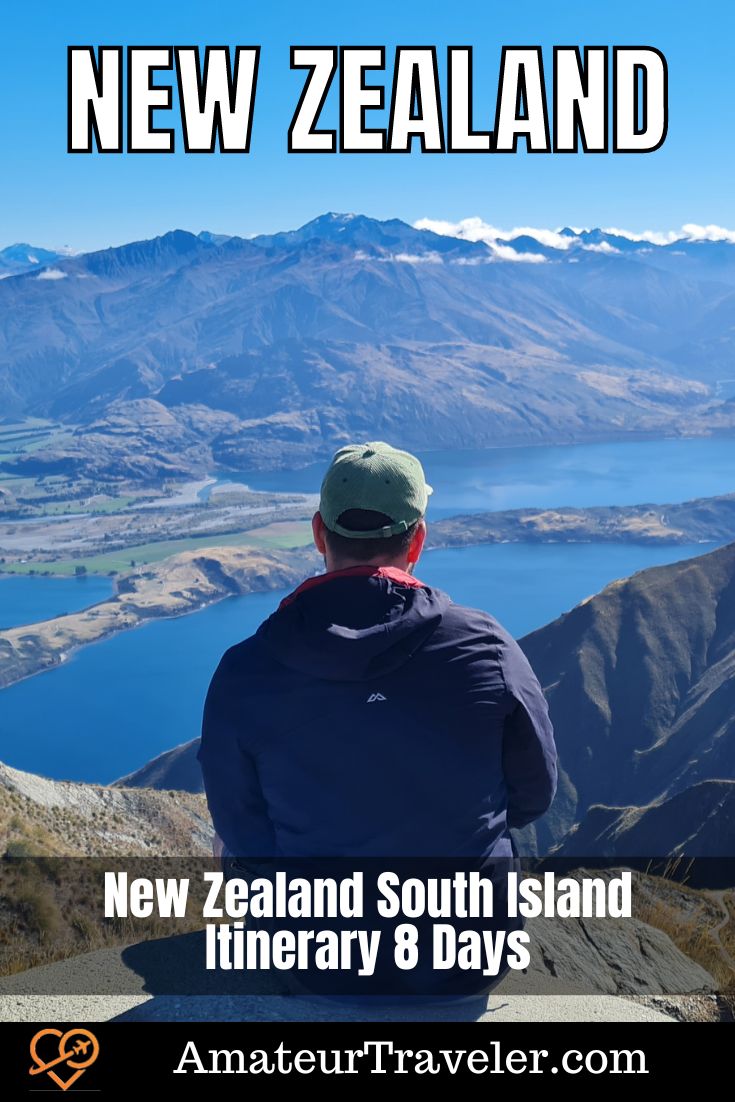
Leave a Reply
Tags: article, new zealand, south island



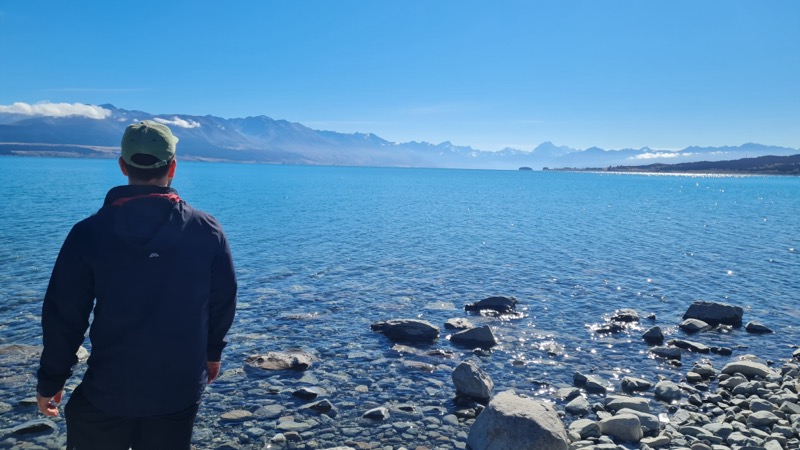
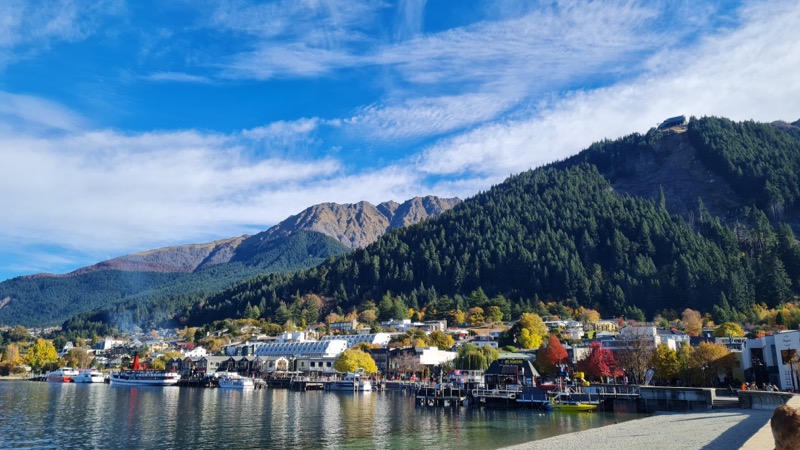
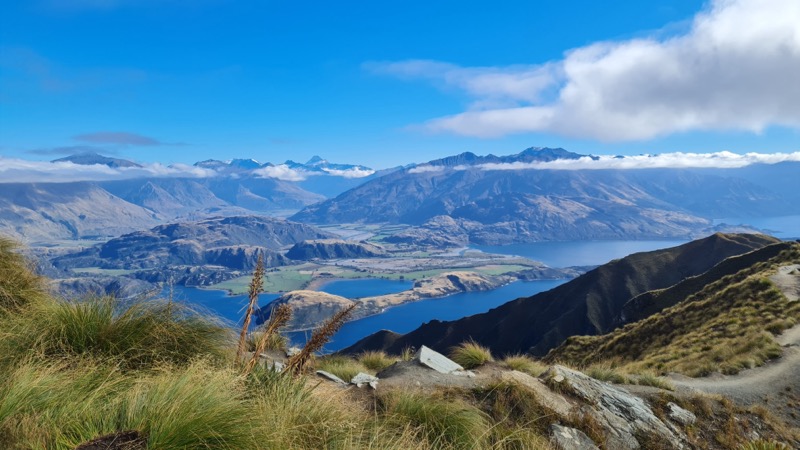
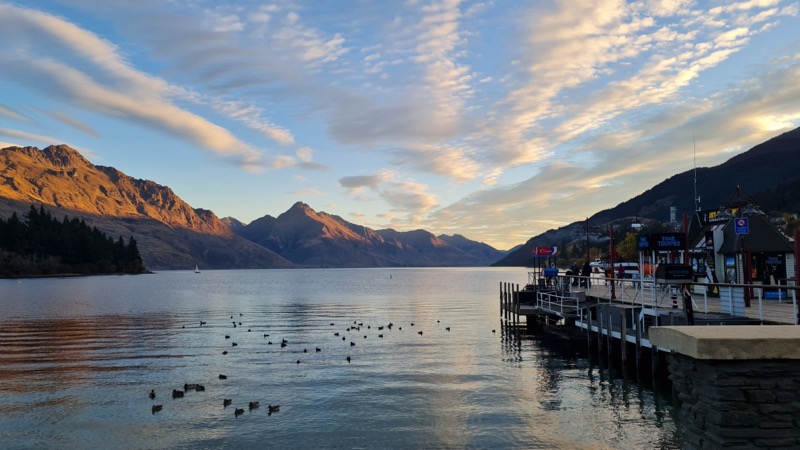
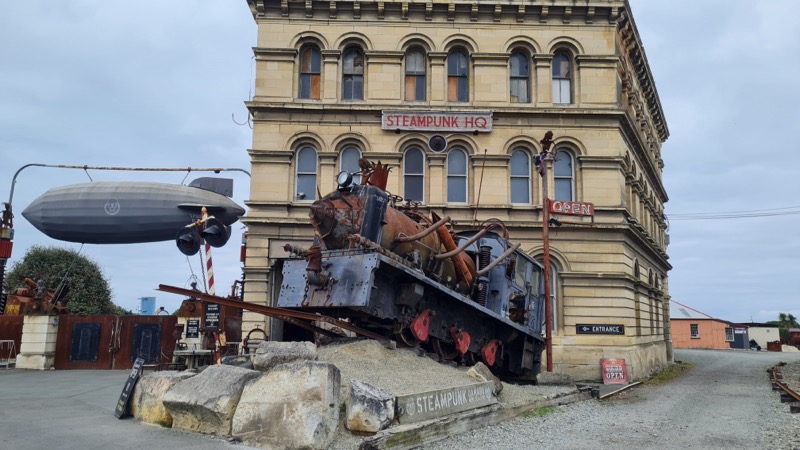
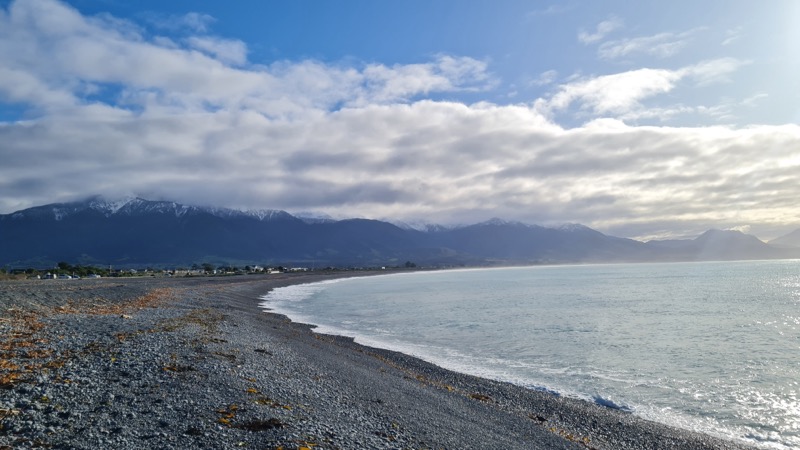

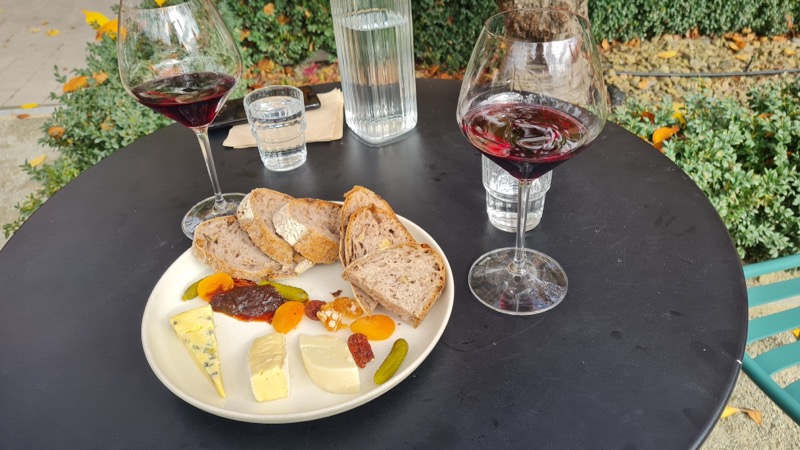

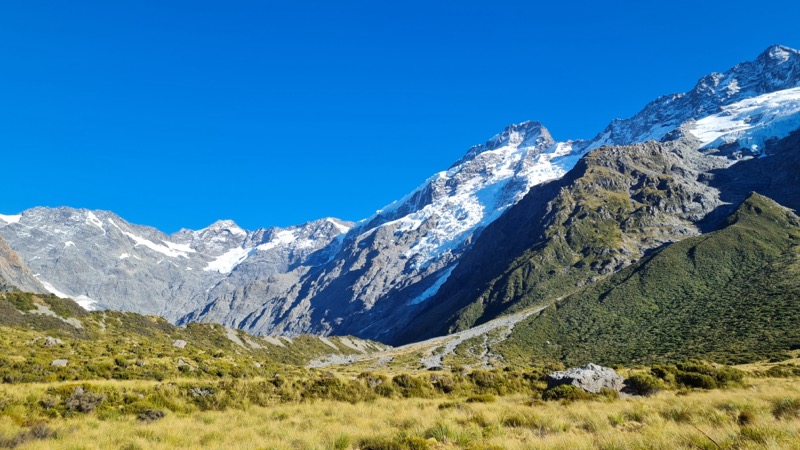
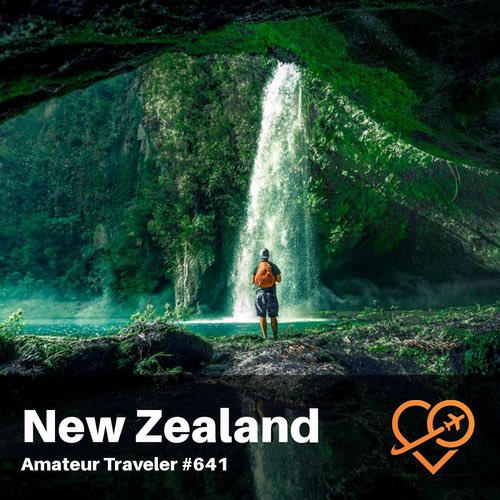 Travel to New Zealand – Episode 641
Travel to New Zealand – Episode 641 New Zealand North Island Itinerary Planning Guide
New Zealand North Island Itinerary Planning Guide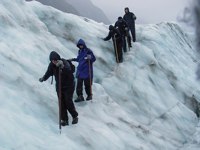 Travel to New Zealand – Episode 104
Travel to New Zealand – Episode 104 How To Plan A Self-Drive Tour In New Zealand
How To Plan A Self-Drive Tour In New Zealand
